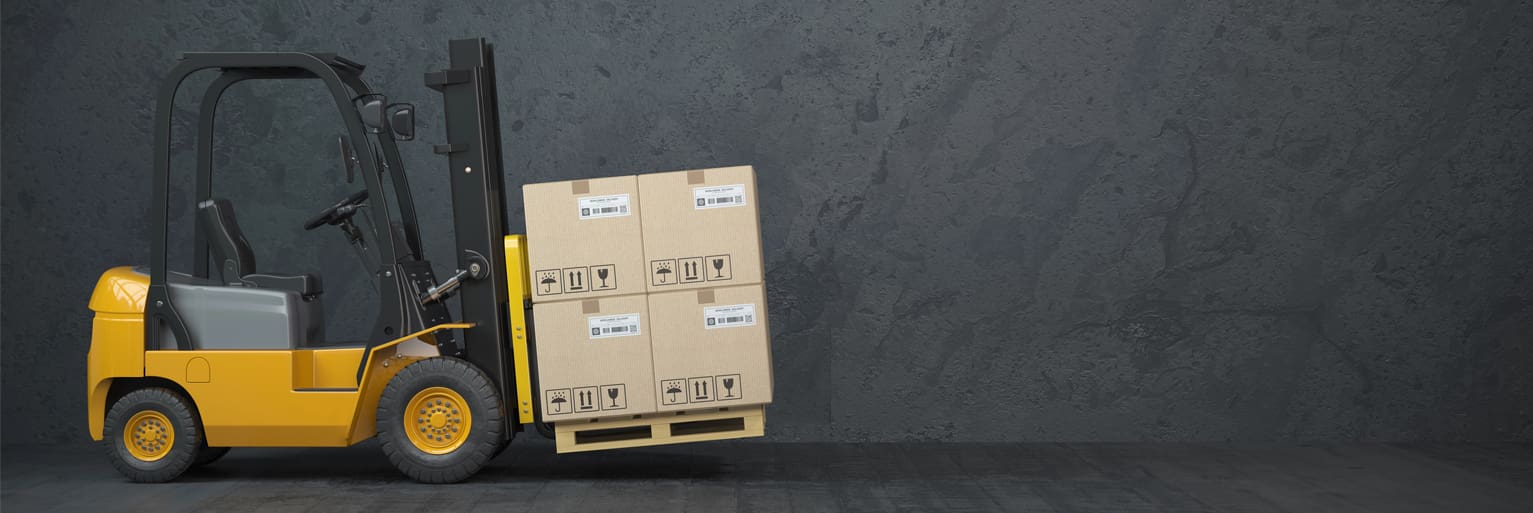Every year more than 5000 people are injured by workplace transport and 50 people are killed.
A workplace transport risk assessment enables employers to identify foreseeable risks and implement the most appropriate control measures to eliminate or reduce them.
What are the hazards of workplace transport?
Common hazards that might be considered in a workplace transport risk assessment are:
- Collision with pedestrians. Eg. forklift trucks, reversing vehicles can collide with pedestrians.
- Vehicles overturning. Forklift trucks, trucks and other heavy machines can overturn due to uneven ground, excessive speed, or poor loading.
- Falling loads. Improperly secured or stacked loads on vehicles can fall during transport endangering people and property.
- Crushing hazards. People can be crushed between vehicles and fixed structures such as walls, racking, other vehicles.
- Limited visibility. Some vehicles have limited visibility for operators, where pedestrians and other vehicles may not be observed.
- Inadequate training. Insufficient training for vehicle operators can lead to errors in operation.
- Poor maintenance. Vehicles that are not properly maintained can have mechanical failures, such as brake failure or steering issues.
- Restricted spaces. Working in restricted spaces like warehouses or loading bays increases the risk of collisions and crush injuries due to limited manoeuvring space.
- Lack of pedestrian awareness. Pedestrians may not be aware of vehicle movements or may not follow designated routes, increasing the risk of accidents.
Eagle Safety & Environments Consultants can visit your site and undertake transport risk assessment/s of both internal & external areas where vehicles may operate. Our consultants would identify the risks and recommend appropriate control measures to reduce the level of risk. This would be documented in a detailed risk assessment.

